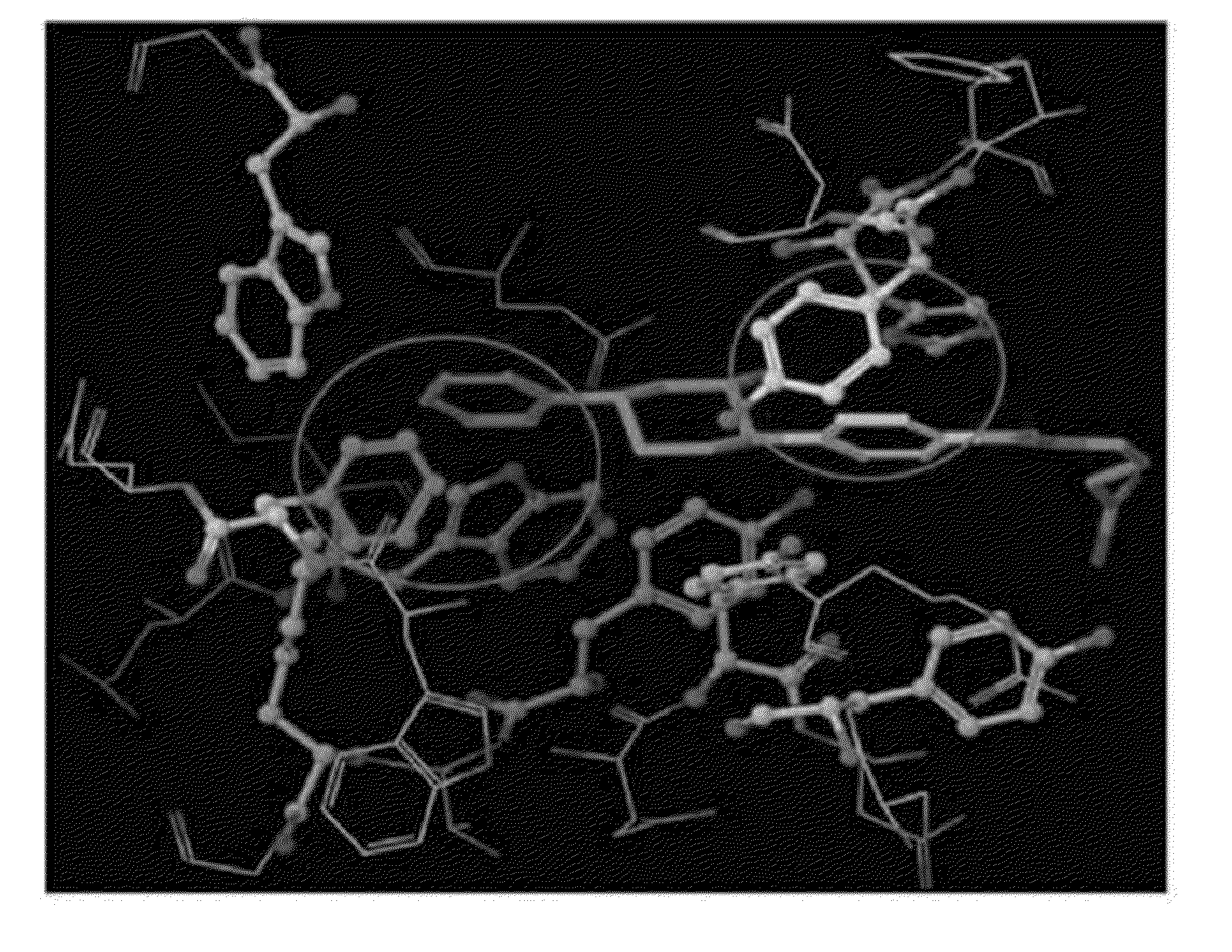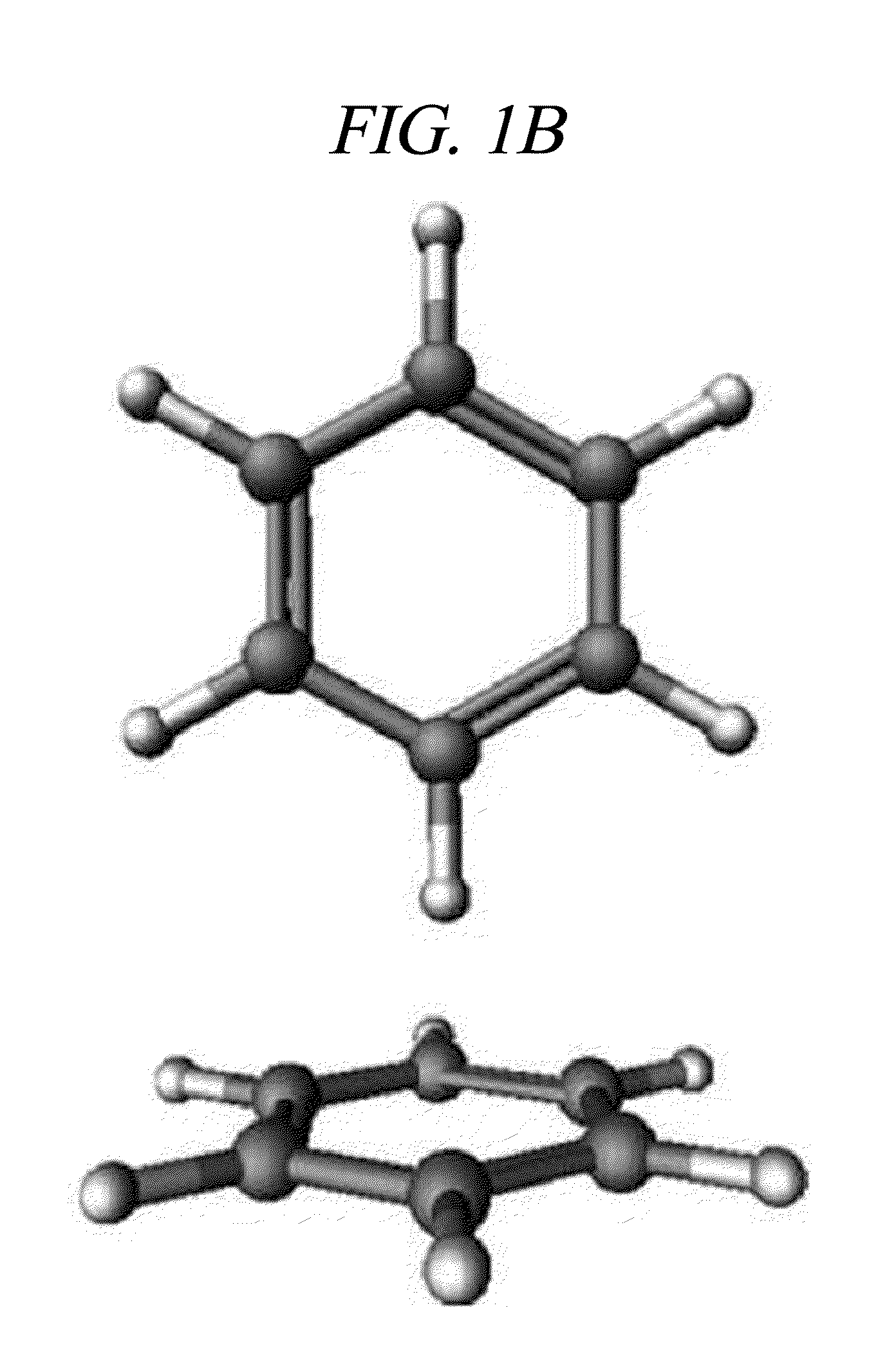Method of predicting protein-ligand docking structure based on quantum mechanical scoring
a protein-ligand and scoring technology, applied in the field of predicting the structure of protein-ligand docking, can solve the problems of not taking into account quantum effects, and achieve the effects of accurately and quickly explaining a suitable binding mode, accurately predicting protein-ligand docking, and accurate carrying out modeling
- Summary
- Abstract
- Description
- Claims
- Application Information
AI Technical Summary
Benefits of technology
Problems solved by technology
Method used
Image
Examples
Embodiment Construction
[0019]Hereinafter, embodiments of the present invention will be described in detail with reference to the accompanying drawings.
[0020]It will be understood by those skilled in the art that, in general, terms used herein but the following definitions of terms are provided for easy understanding of the present invention. However, if not clearly defined, the terms should be interpreted as meanings accepted by those skilled in the art at that time.
[0021]Through the whole document, the term “comprises or includes” and / or “comprising or including” used in the document means that one or more other components, steps, operation and / or existence or addition of elements are not excluded in addition to the described components, steps, operation and / or elements but further included unless stated otherwise.
[0022]The terms “about or approximately” or “substantially” are intended to have meanings close to numerical values or ranges specified with an allowable error and intended to prevent accurate ...
PUM
 Login to View More
Login to View More Abstract
Description
Claims
Application Information
 Login to View More
Login to View More - R&D
- Intellectual Property
- Life Sciences
- Materials
- Tech Scout
- Unparalleled Data Quality
- Higher Quality Content
- 60% Fewer Hallucinations
Browse by: Latest US Patents, China's latest patents, Technical Efficacy Thesaurus, Application Domain, Technology Topic, Popular Technical Reports.
© 2025 PatSnap. All rights reserved.Legal|Privacy policy|Modern Slavery Act Transparency Statement|Sitemap|About US| Contact US: help@patsnap.com



